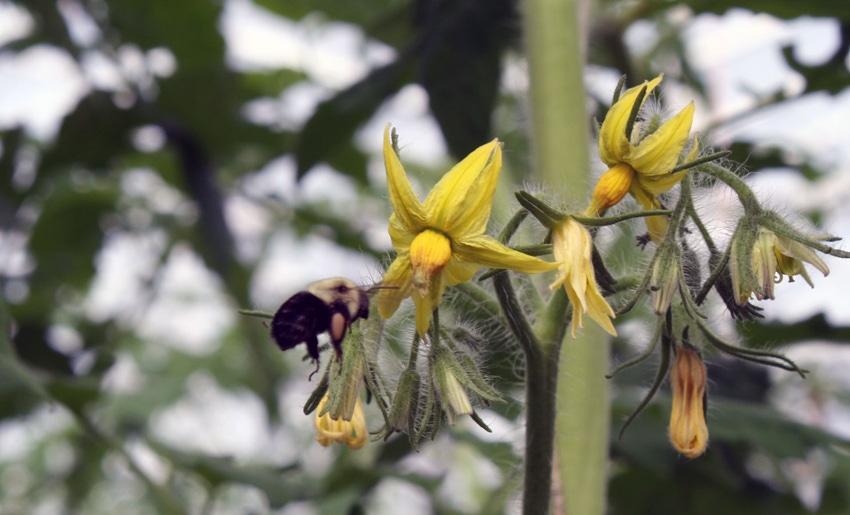July 9, 2021

There seems to be some confusion about what a proper crop rotation is to manage diseases caused both by pathogens that survive a few years in soil, and pathogens that survive in soil longer than anyone can measure.
Here are some rotations I have heard about that are not proper crop rotations:
A susceptible crop in year one and a different susceptible crop in year two. Example: Pepper followed by tomato or tomato followed by pepper in a field infested with Phytophthora capsici, the water mold that causes Phytophthora blight. Simply switching between two susceptible crops is not proper crop rotation.
A susceptible crop in the spring and another crop in the same plant family in the fall. Example: Watermelon in the spring and cucumber in the fall on the same plastic. There are too many potential disease problems with this crop sequence to even mention all of them. Gummy stem blight, root knot, and Phytophthora blight are among the top three.
Multiple plantings of a short-season crop in the same field in the same year, then rotating the following year. Example: pickling cucumbers. The same comments made in #2 apply here. Root knot nematodes on an early summer crop will infect a crop planted later in summer.
A susceptible crop in the fall and a different susceptible crop in the spring in the same field. The short break over winter is not long enough to reduce pathogen levels.
In general, a proper crop rotation is a sequence of crops that are in DIFFERENT plant families. Although not every disease affects all plants in the same family—e.g. early blight on tomato and potato but not on eggplant or pepper—enough diseases do affect closely related vegetables that it is best to avoid planting them too often right before or after each other.
So, how long to rotate away from susceptible crops? The timeframe depends on the pathogen, but it’s typically one to three years counted from disking the current crop to planting the following crop, not from spring to spring as most people assume.
You May Also Like




